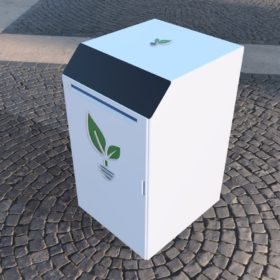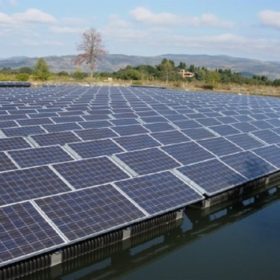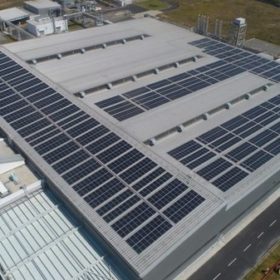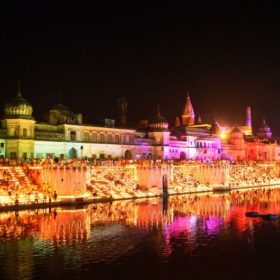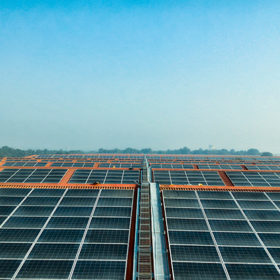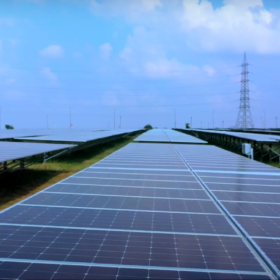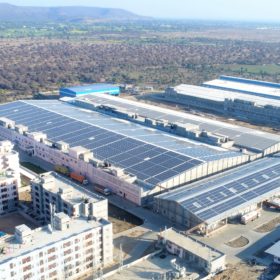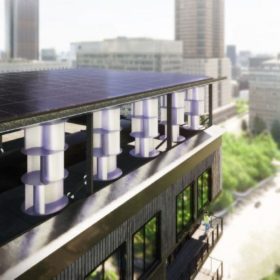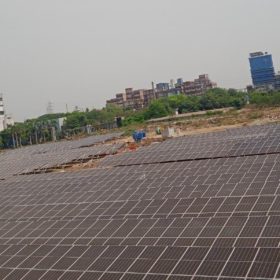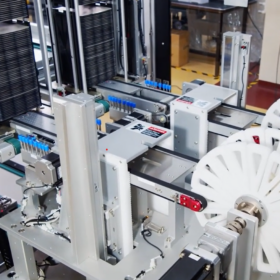US battery maker unveils solid-state storage systems for residential applications
Amptricity has emerged from stealth mode with plans to manufacture solid-state batteries for residential and commercial installations.
Assam tenders 100 MW floating solar, 50 MW ground-mount PV projects
Assam Power Distribution Co. Ltd has issued two separate tenders to develop 100 MW of floating solar and 50 MW ground-mount PV projects in the state. The projects are to be developed on a build-own-operate basis.
TotalEnergies ENEOS completes rooftop solar plant in India
TotalEnergies ENEOS, a distributed solar joint venture of TotalEnergies and ENEOS, has installed a 1 MW rooftop solar plant for Yanmar’s industrial engine production facility in India.
Uttar Pradesh targets 22 GW of solar in next five years
The state government has announced its Solar Policy 2022, which places a special focus on the setting up of solar parks with storage systems. The policy also provides big incentives for the adotion of rooftop solar systems and the solarization of tubewells for agriculture.
Union Bank of India, Tata Power partner on low-cost finance for MSME rooftop solar
Union Bank of India will provide a low-cost loan with nil or minimum collateral to finance MSME rooftop PV projects executed by Tata Power Solar.
BCD pass-through to benefit up to 6 GW of solar projects
Tariffs will rise by 50-70 paise/kWh for up to 6 GW of solar projects as developers are allowed to pass on the impact of basic customs duty on cells and modules under ‘change-in-law’.
SunSource doubles its solar energy target to 1 GW by 2027
The distributed solar solutions provider will be supported by a strengthened local management team to meet its installed PV target of 1 GW.
French startup reveals rooftop system with PV panels, mini wind turbines
French startup Unéole has developed a rooftop system that combines solar and silent wind turbines. It claims its system can produce 40% more energy than standalone rooftop solar arrays. It is now testing the device, with plans to commercialize it by 2023.
Ernst & Young again ranks India as world’s most attractive solar market
India is the top market for solar investment, according to the latest edition of Ernst & Young’s renewables attractiveness index. Spain, Germany and the United States are the top three markets for corporate power purchase agreements (PPAs).
Maharashtra tenders 230 MW of distributed solar
Maharashtra State Electricity Distribution Co. Ltd (MSEDCL) has started accepting bids to develop grid-connected, ground-mounted solar plants, ranging in size from 2 MW to 10 MW, in various districts of Maharashtra. The ceiling tariff is fixed at INR 3.30 ($0.041)/kWh, with bidding scheduled to close on December 16.
